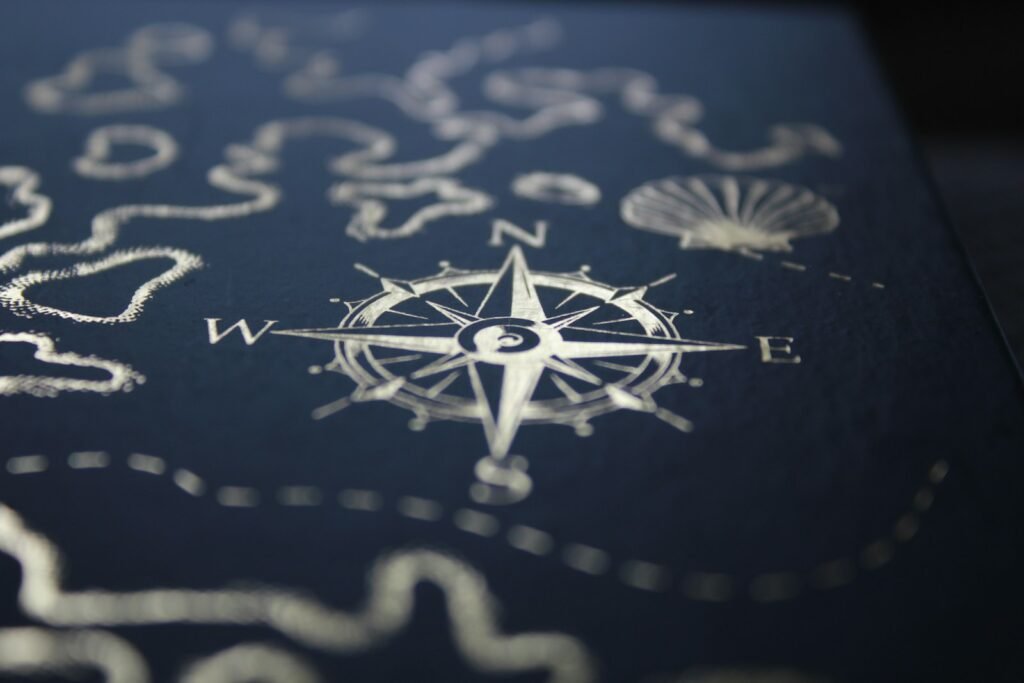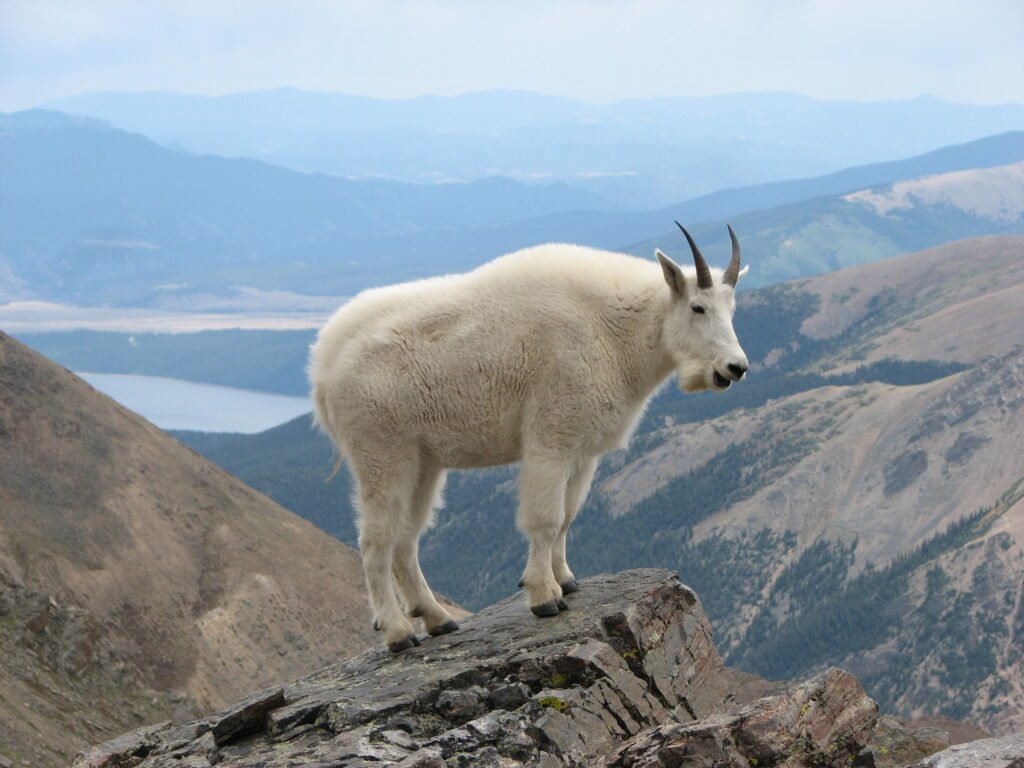Astronomers have been narrating a dramatic tale about the fate of our galaxy for more than a century: the Milky Way is relentlessly on collision with Andromeda, its enormous neighbor. Once judged unavoidable within 4–5 billion years, the cosmic smash-up would destroy spiral galaxies and create a new, shapeless elliptical galaxy known as “Milkomeda.” But revolutionary new studies are rewriting this story; once a near-certainty, today is a cosmic coin flip. Scientists find using the most exact data ever gathered only a 50% chance the two galaxies will collide in the next 10 billion years. The twist is that The unusual rescuer for the Milky Way could be a rogue satellite galaxy.
From Cosmic Certainty to a 50/50 Bet
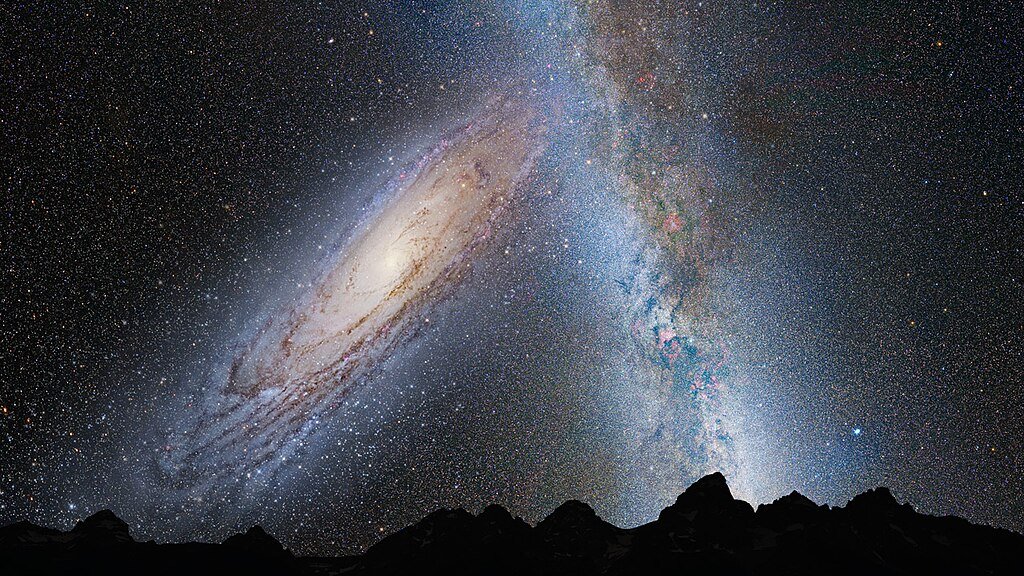
For decades, textbooks and documentaries have depicted the Milky Way-Andromeda collision as an unavoidable galactic apocalypse. The prediction hinged on Andromeda’s rapid approach barreling toward us at 250,000 mph (400,000 km/h) and early Hubble data suggesting minimal sideways motion, making a direct hit seem inevitable.
But new simulations incorporating updated Hubble and Gaia telescope measurements reveal a startling uncertainty. “The probability went from near-certainty to a coin flip,” says lead researcher Dr. Till Sawala of the University of Helsinki. His team ran 100,000 simulations, accounting for gravitational influences from neighboring galaxies, and found just a 50% chance of a merger in the next 10 billion years. A head-on collision in 4–5 billion years? A mere 2% possibility.
The Large Magellanic Cloud: Our Unlikely Guardian?
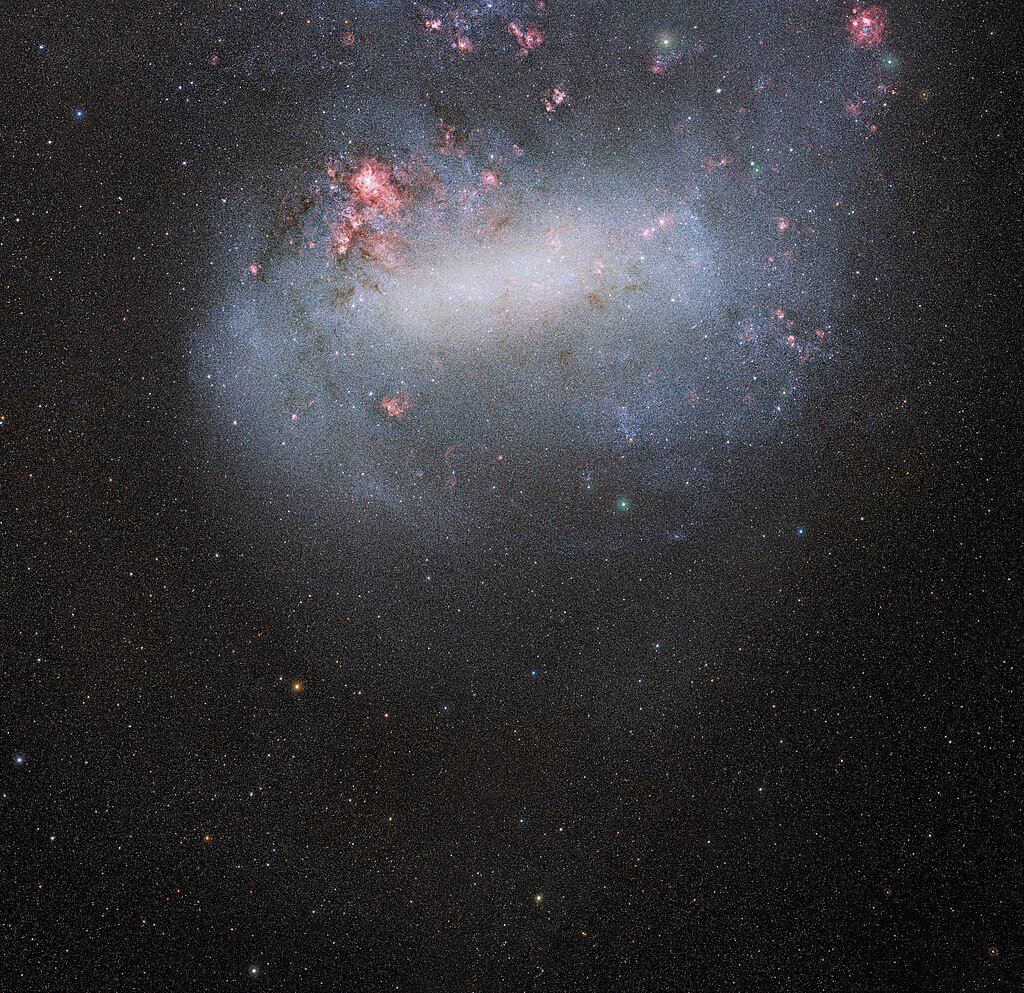
The game-changer in these calculations is the Milky Way’s largest satellite galaxy, the Large Magellanic Cloud (LMC). Previous models ignored its gravitational pull, but new data shows its orbit runs perpendicular to the Milky Way-Andromeda trajectory, subtly yanking our galaxy off course. “The LMC doesn’t mean we’re saved, but it makes a merger less likely,” Sawala explains.
Ironically, while the LMC may spare us from Andromeda, it’s doomed itself. The study predicts a 99% chance the Milky Way will devour the LMC within 2 billion years long before any Andromeda encounter. “Galactic cannibalism is still on the menu,” quips Durham University’s Prof. Alis Deason.
Andromeda’s Other Wild Card: The Triangulum Galaxy
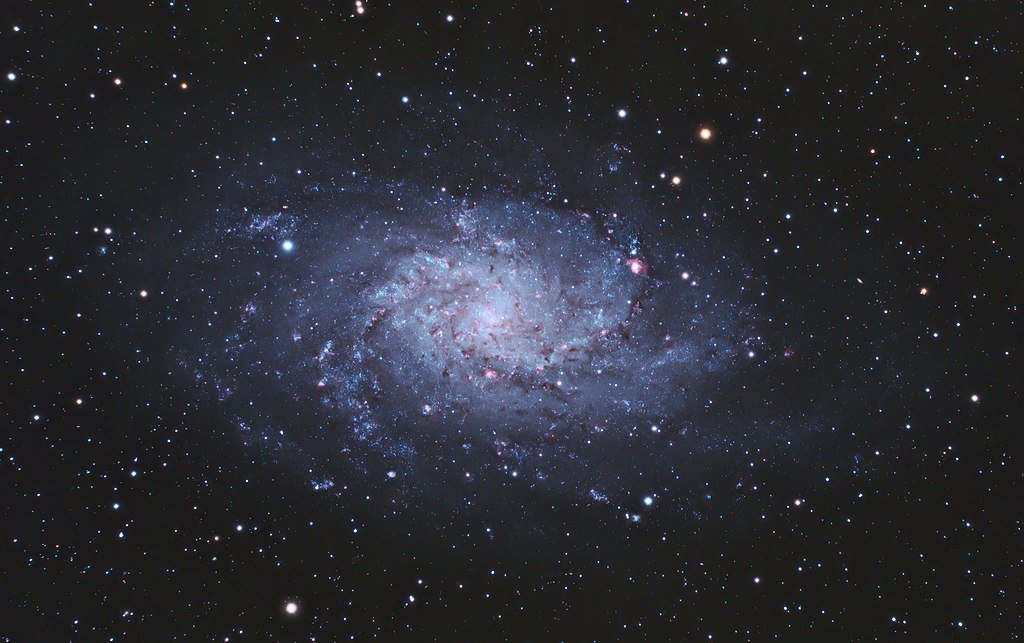
Another key player is the Triangulum Galaxy (M33), Andromeda’s largest satellite. Unlike the LMC, M33 increases merger odds by tugging Andromeda closer to the Milky Way. This celestial tug-of-war with M33 pulling toward collision and the LMC pulling away creates the 50/50 stalemate.
“If M33 were the only factor, we’d be looking at a 2-in-3 chance of merging,” says Sawala. “But the LMC’s interference changes everything”.
What Happens If They Collide? (Spoiler: It’s Not What You Think)
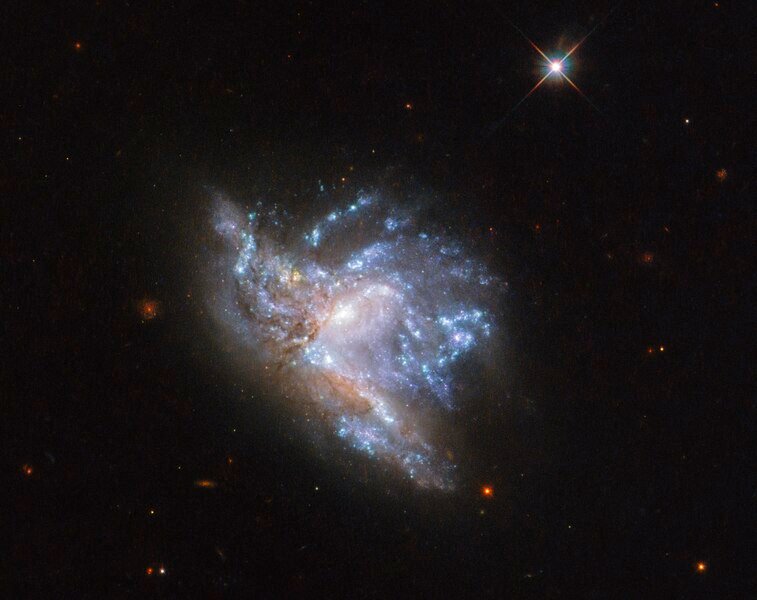
Hollywood’s portrayal of a galactic merger would not mean stars breaking like billiard balls. Direct collisions are almost impossible given the great distances separating stars. Other than:
- Stars get flung like cosmic pinballs: The Milky Way and Andromeda’s gravity would warp each other’s structures, ejecting some stars into intergalactic space.
- Black holes duel at the center: The galaxies’ supermassive black holes Sagittarius A* (4 million solar masses) and Andromeda’s (100 million solar masses) would spiral toward each other, merging in a violent burst of gravitational waves.
- A fiery stellar nursery: Gas compression could trigger a short-lived “starburst” of new stars, though both galaxies are so gas-poor that the spectacle would be muted.
Why the Uncertainty? Blame Dark Matter and Imperfect Data
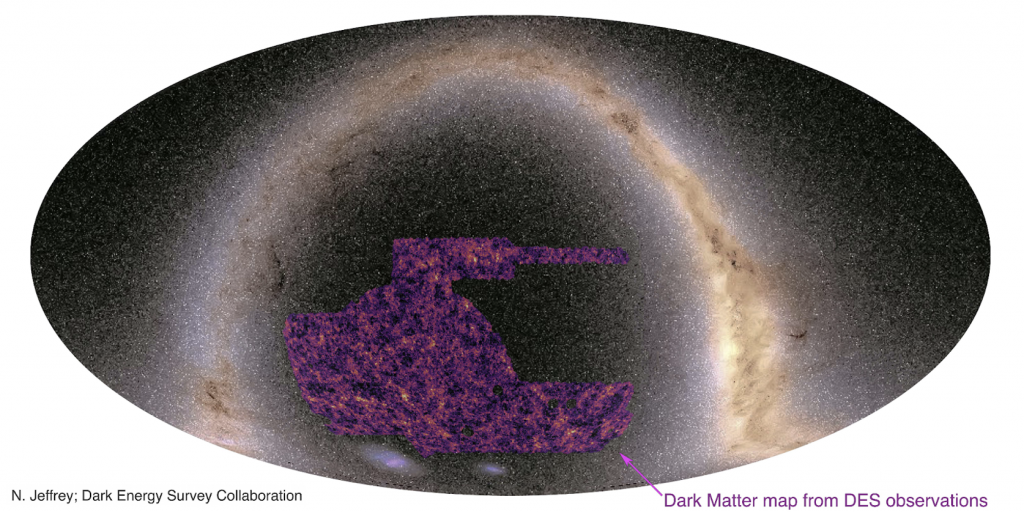
The wild card in all predictions is dark matter—the invisible cosmic glue that makes up 85% of the universe’s mass. Its distribution shapes galaxy orbits, but even the best telescopes can’t map it precisely. Compounding the problem: measuring Andromeda’s sideways motion is notoriously difficult. “A tiny error in velocity calculations could mean the difference between a merger and a near-miss,” says ESA’s Hubble team.
Upcoming Gaia data (expected in 2026) may refine these estimates, but for now, Sawala admits: “The fate of our galaxy is completely open”.
Good News for Earth? Not Exactly.

Even if the galaxies collide, humanity won’t be around to see it. In ~1 billion years, the dying Sun will boil Earth’s oceans, and by 5 billion years, it will expand into a red giant, likely engulfing our planet. “A galactic merger is the least of our worries,” laughs NASA’s Claire Andreoli.
Conclusion: A Cosmic Plot Twist
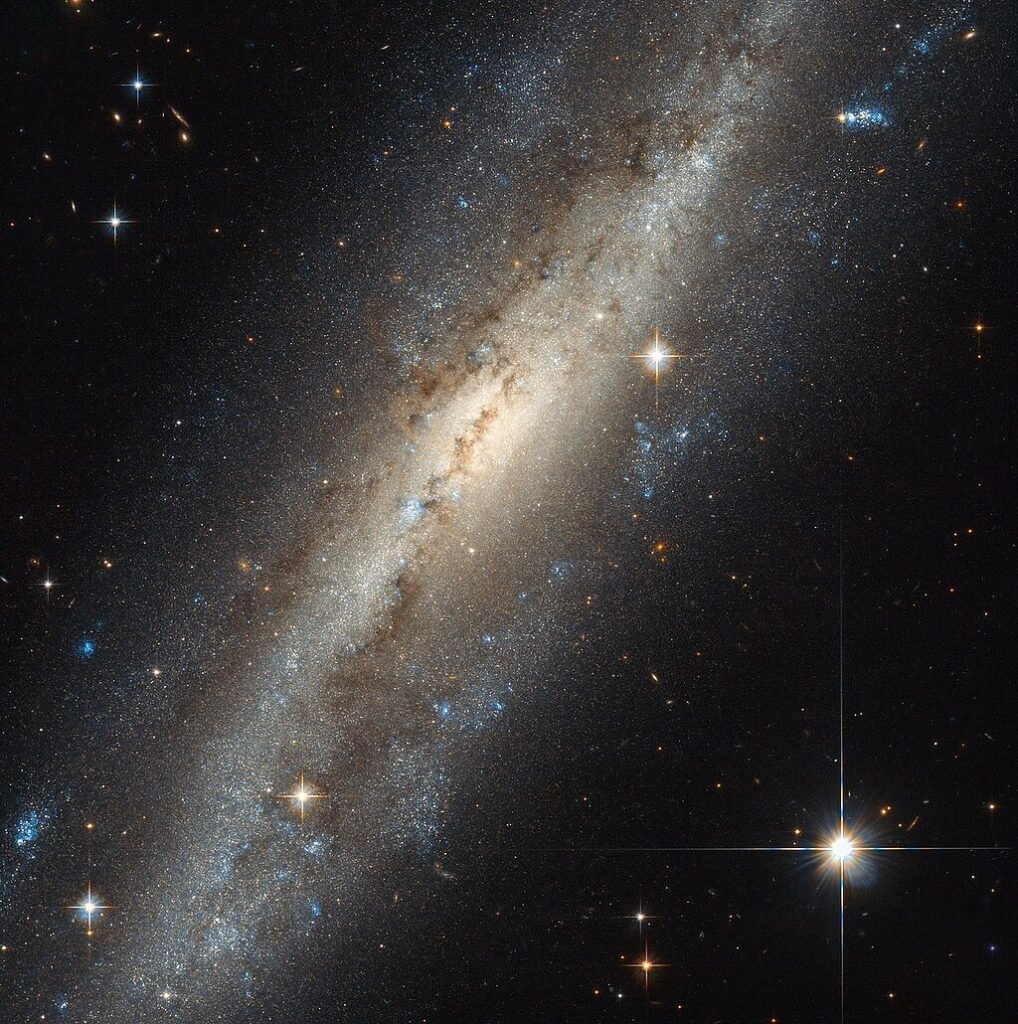
The Milky Way-Andromeda saga has evolved from a foregone conclusion to a cliffhanger. As astronomers await sharper data, one thing is clear: our galaxy’s destiny is far more unpredictable than we imagined. “This isn’t just about two galaxies,” muses Sawala. “It’s a reminder that the universe is a dynamic, ever-changing puzzle and we’ve only seen a few pieces”.
Sources:

Suhail Ahmed is a passionate digital professional and nature enthusiast with over 8 years of experience in content strategy, SEO, web development, and digital operations. Alongside his freelance journey, Suhail actively contributes to nature and wildlife platforms like Discover Wildlife, where he channels his curiosity for the planet into engaging, educational storytelling.
With a strong background in managing digital ecosystems — from ecommerce stores and WordPress websites to social media and automation — Suhail merges technical precision with creative insight. His content reflects a rare balance: SEO-friendly yet deeply human, data-informed yet emotionally resonant.
Driven by a love for discovery and storytelling, Suhail believes in using digital platforms to amplify causes that matter — especially those protecting Earth’s biodiversity and inspiring sustainable living. Whether he’s managing online projects or crafting wildlife content, his goal remains the same: to inform, inspire, and leave a positive digital footprint.


